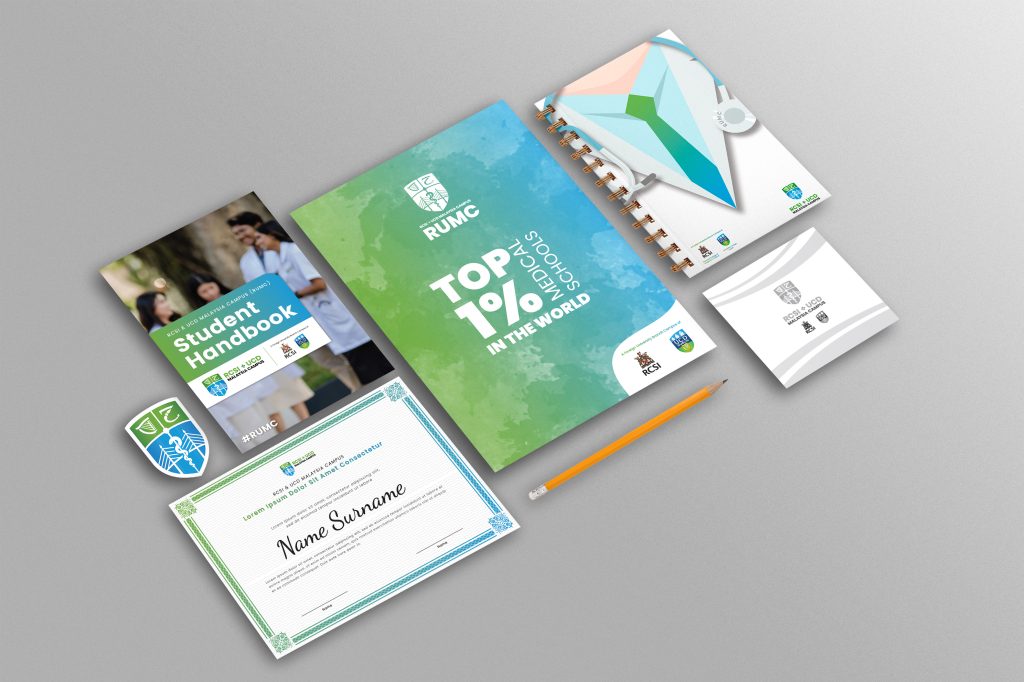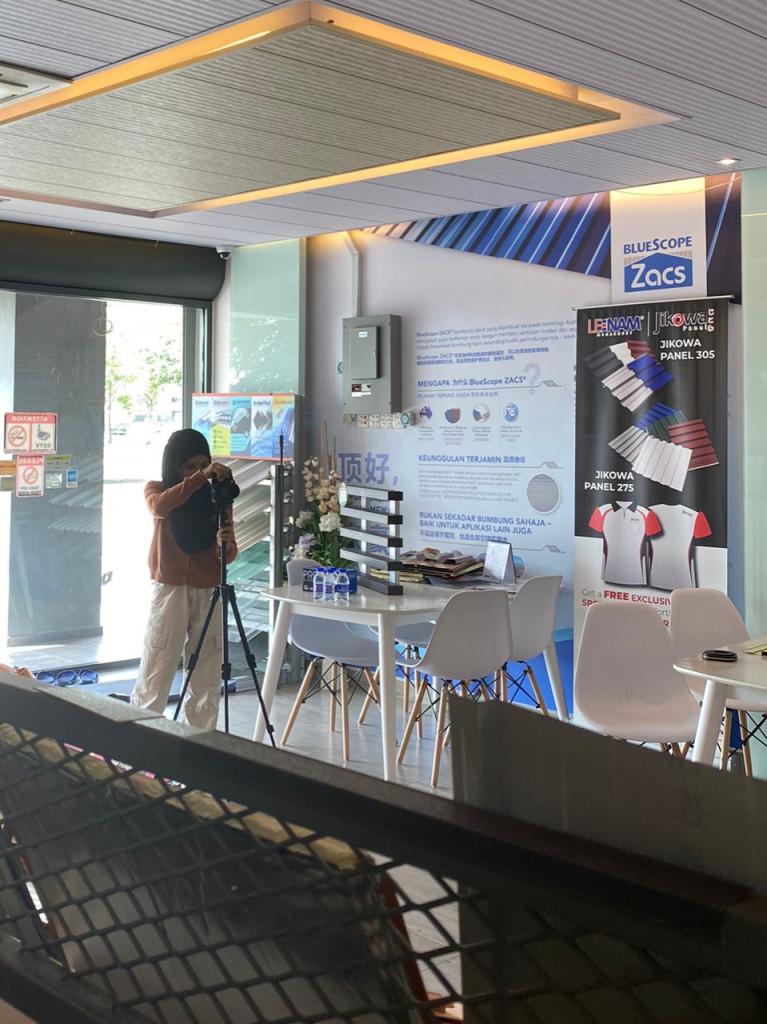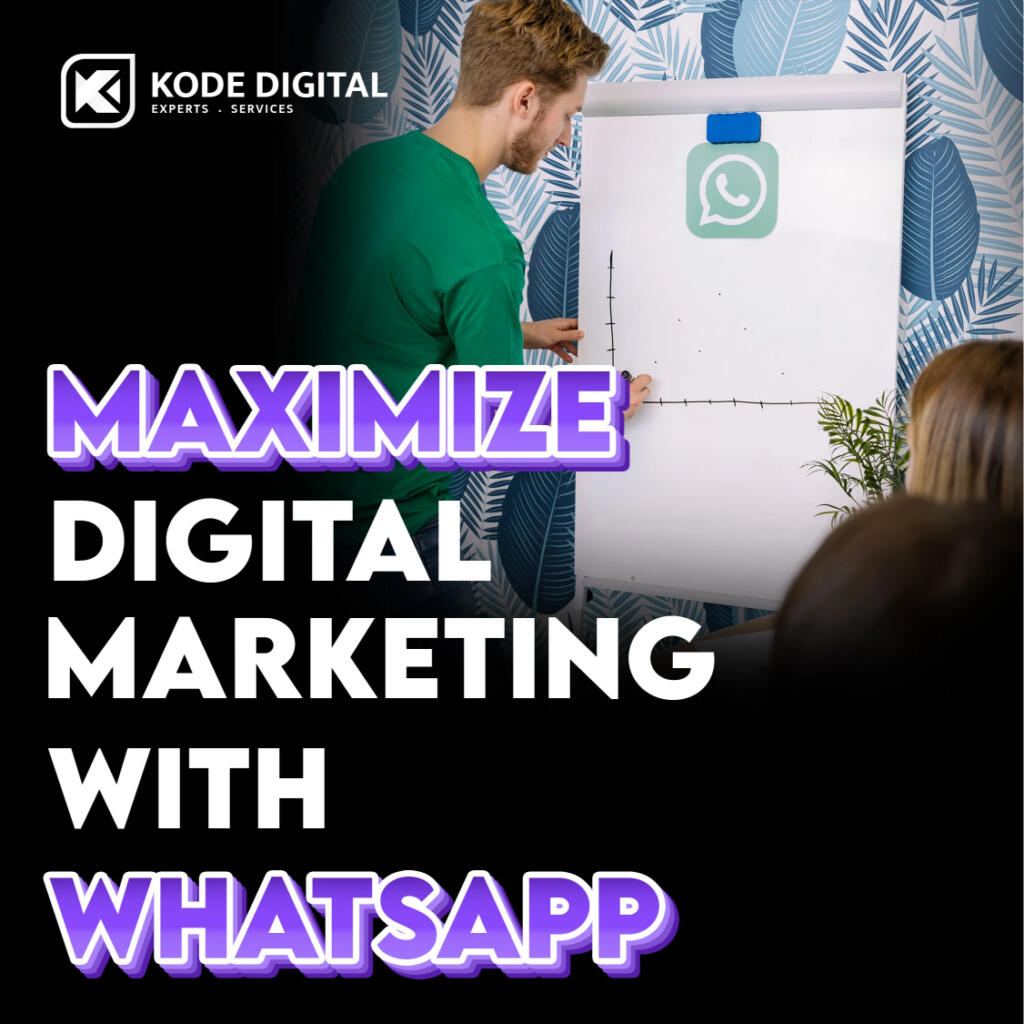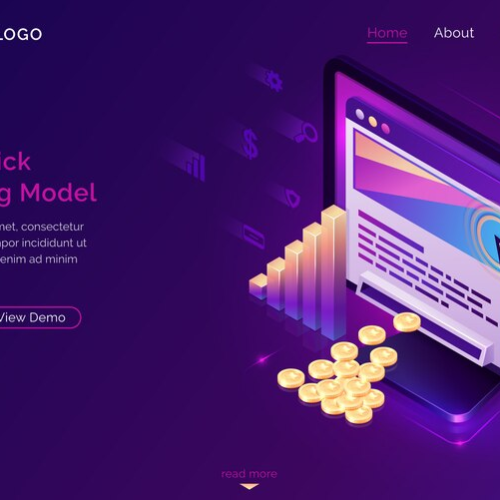Our top-tier consultancy services provide strategic guidance to elevate your entire digital presence.
Learn More
Contents
Many successful business owners will agree – making your products and services more discoverable online is crucial. Online marketing is one of the fastest ways to reach target markets that spend a great deal of time on their favourite social media platforms. Accenture’s study has shown that shopping via social media platforms will reach a whopping $1.2 Trillion globally by 2025.
Two of the most popular social media platforms, Meta, Instagram, Pinterest, and YouTube are ideal for advertising your products and services. Whether you’re running a small retail business or a tech company like a logo generator app online, there are a few pointers to apply when you’re creating shoppable content. Keep reading as we take a closer look at these helpful tips.
What is Shoppable Content?
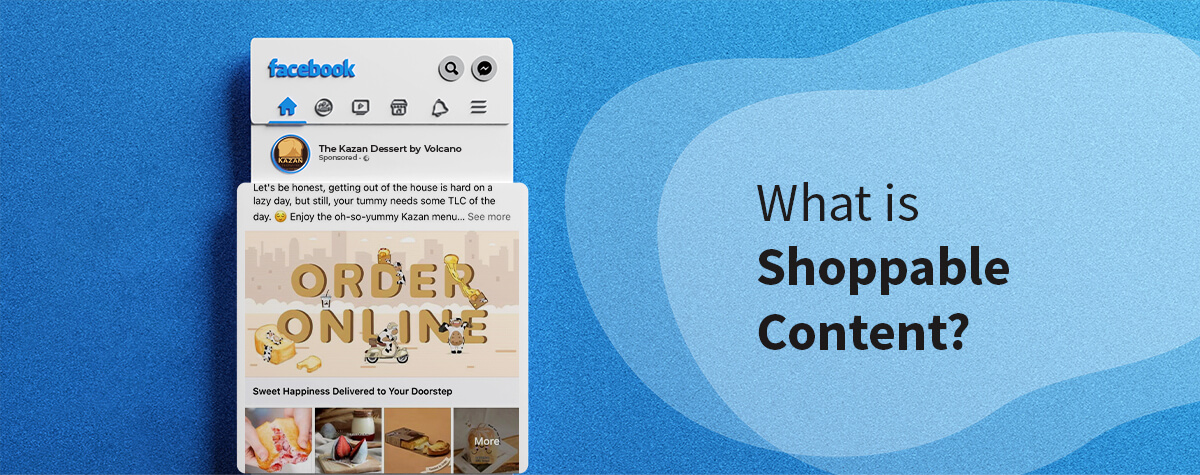
To know how essential shoppable content is, it’s important to understand what it is. Essentially, shoppable content is any type of content that enables customers to purchase products without having to scroll through a whole host of pages.
It can be in the form of clickable social media postings in the form of images or videos, stories, reels, advertisements or even live streams for audiences to make purchases without leaving the app. It is indeed an effortless digital experience from browsing to purchasing on social media platforms.
The Importance of Shoppable Content for Your Business
Social media platforms have billions of followers globally, and spend a considerable amount of time scrolling through these platforms. The main goal of shoppable content is to make it easy for consumers to purchase a product at the exact point of interest. Convenience is not the only advantage of these new-age shopping venues. Besides unlocking the shopping desires among social media users who appreciate the accessibility, shoppable content also:
- Enhances brand presence, visibility & loyalty
- Allows customers to add the products they want to the cart easily
- Enables brands to showcase multiple related products to customers
- Brings an uninterrupted browsing experience among users
- Measures the conversions of customers much more easily
- Makes product discovery more immediate and result-driven
By essentially shortening the consumer’s buying process, you not only provide shoppers with instant gratification but simultaneously boost your conversion rate. This is an opportunity that brands should not bypass, and good news – it’s not too late to adopt this social commerce into your marketing tactics.
4 Types of Shoppable Content that Make All the Difference
Now that you know what shoppable content is, the next step is to consider the most successful types of shoppable content for your social media pages. Foremost, let’s find out which formats are best for your brand. Well, some brands tend to mix them up to discover what resonates with their target audience the most.
1. Shoppable Content on YouTube
It’s no secret that social media users enjoy watching videos. This is evident in the 5 billion YouTube videos that are streamed daily. As a result, videos create a massive market for business owners.
The trick here is to embed product links to purchase the products featured in the video. This new direct response ad format makes the video content shoppable, capturing the consumers’ interest while providing visual entertainment. The “Product Feeds” feature allows the brand to link products amid ad campaigns or skippable videos on YouTube. Since videos and short clips are the most shared form of content, it essentially drives additional traffic to your website.
Furthermore, Diesel’s hashtag #For Successful Living had an extraordinarily successful video campaign for their 30th anniversary. Users simply click on the product of choice in the video, and they’re instantly directed to Diesel’s product page. Shoppable video is indeed influential to consumers’ behaviours as it helps create a seamless path of their purchase journey.
2. Shoppable Content on Pinterest

Consumers are visual. It’s extremely unlikely to purchase a product you’ve never even seen a picture of. Yet, images are by far the most popular form of content used on various e-commerce sites. As a hub of awe-inspiring images, its users outspend non-Pinners by 40% every month. These images engage with audiences positively and convert them who want to enjoy the product shown in the same way. However, it is only available in certain countries and hopefully, it will be launched in Malaysia as well. Shoppable images on Pinterest close the gap between discovery and purchase via:
- Product Pins (previously known as Shoppable Pins) highlight the product info with a special title, description, price indicating the items are up for grabs.
- Shopping List allows Pinterest users to browse what they have saved, learn about the latest sales and inspire revisiting.
- Shop in search shows the related products for sale according to your search terms.
- Shop with Lens goes beyond numerous shoppable content. It utilizes augmented reality (AR) as Pinterest users will use this feature to search for sellers of similar products they see physically via Pinterest. As Meta continues to mature metaverse, the awareness in AR will increase, and the same goes for Shop with Lens.
- Shopping Spotlights feature random picks of trending searches alongside interactable images with Product Pins.
- Pinterest shopping ads with existing Product Pins are boosted alongside a robust system for thorough targeting and tracking.
3. Shoppable Content on Meta
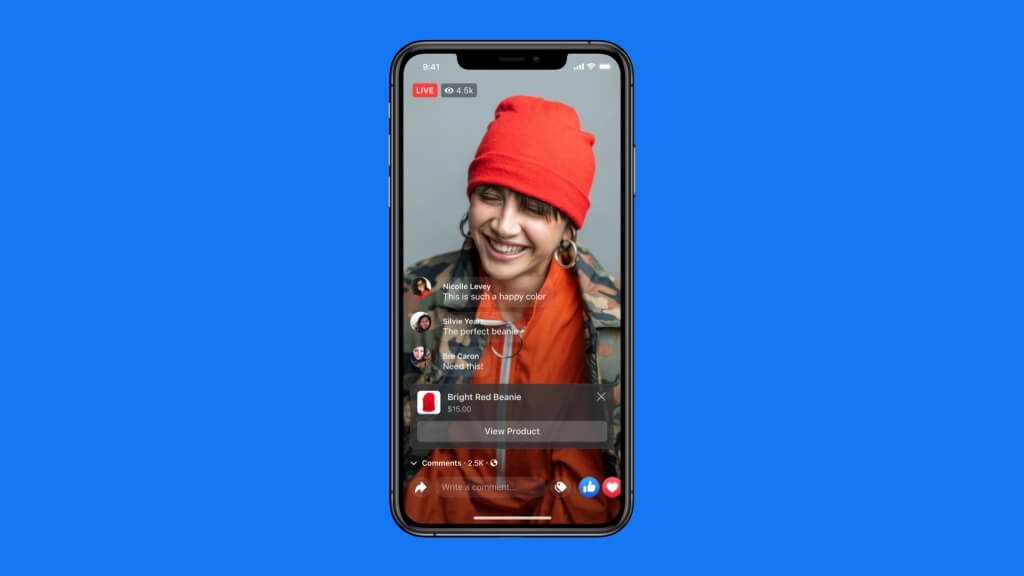
Image Credits to Meta
A Meta business page is a fantastic way to reach consumers that spend a considerable amount of time on this platform. Creating a Meta shop allows consumers to buy products through your page’s posts.
Link your e-commerce store to a Meta shop without manually uploading the products. Most businesses use website platforms like WordPress & Kajabi to build their e-commerce site through integrations and plugins. All you have to do is upload the data source into your Meta commerce, and it will also automatically help you update the product list according to your e-commerce site.
Explore the possibilities of shoppable content on Meta:
- Images
A notable example of this is Kazan Dessert by the Volcano. They use their product range and their Muji-inspired interior to show lifestyle imagery that resonates with café lovers. Meta users will be taken to a landing page and browse the menu at-a-glance. What’s more, with just one simple click, customers can check out their orders from the Kazan e-commerce site securely. - Live Videos
Moreover, a hybrid of convenience and fun can also be seen via Live Shopping on Meta. Meta users can buy things that catch their eyes and hearts through a virtual live stream. Simply tap the products pop-up and learn more before purchasing from one app. In addition, live streams allow target audiences to ask questions about the products and tips on using them. This is an opportunity for brands to connect with Meta users in real-time and gives them confidence in making purchases. - Meta Marketplace
Meta Marketplace is an easily-accessible and one-stop destination for Meta users to discover, buy and sell products. More than 800 million people globally utilized Marketplace monthly back in 2018, and without a doubt, the number has risen continuously to this day.
4. Shoppable Content for Instagram

Image Credits to Meta
Similar to Meta shops, shoppable Instagram easily allows companies to create shoppable posts. This is easily done with Instagram’s built-in product tagging feature.
This feature allows potential consumers to engage with brands and select products by clicking on the various product tags. Since Instagram is a very visual platform, brands focus extensively on engaging imagery to boost their conversions. Here are the available formats of shoppable content on Instagram.
- Images
While Instagram users are browsing your IG profile feed, take this opportunity to show off your products to the world by tagging your images with the shoppable feature.Kazan Dessert, mentioned in our pointer about Meta shops, has an equally impressive Instagram post. Extending their reach to both popular social media platforms will increase exposure and potential sales.Additionally, with product shoppable tag features placed within lifestyle imagery, Instagram users will feel much more compelled to make a purchase due to the ease of access.
- Stories
As for Instagram Story can be made shoppable by attaching the product sticker, weaving brand storytelling and customers’ shopping experience. - IGTV
Brands who like to spotlight their products via uploaded videos on IGTV can tag their products within the clips. - Reels
Shopping in Reels allows IG users to purchase, save and learn more about featured products via the “View Products” button. - Instagram Live
Instagram Live brings live audiences an opportunity to enquire what they want and get their questions answered in real-time. Also, brands can tag a product and let it appear at the bottom of the screen for audiences to click through.
Final Thought
Social media platforms have the persevering capability of revolutionizing how brands connect with their target customers. There’s no better time than now to lean in to change and be on par with the ever-changing social media platforms. Leverage the power of shoppable content and ease your target consumer’s buying journey via Meta and Instagram. In this day and age, site audiences will appreciate how you utilize these new-age shopping venues. The easier the buying process is for your consumers, the more likely your company will be successful!
Author Felix Jean
When not writing blog posts, Felix Jean plays the guitar and go bungee jumping with friends. His writing is focused on technology, design and online e-commerce. He’s a graphic designer too; likes to dabble with Adobe Illustrator to create designs for friends and colleagues.







